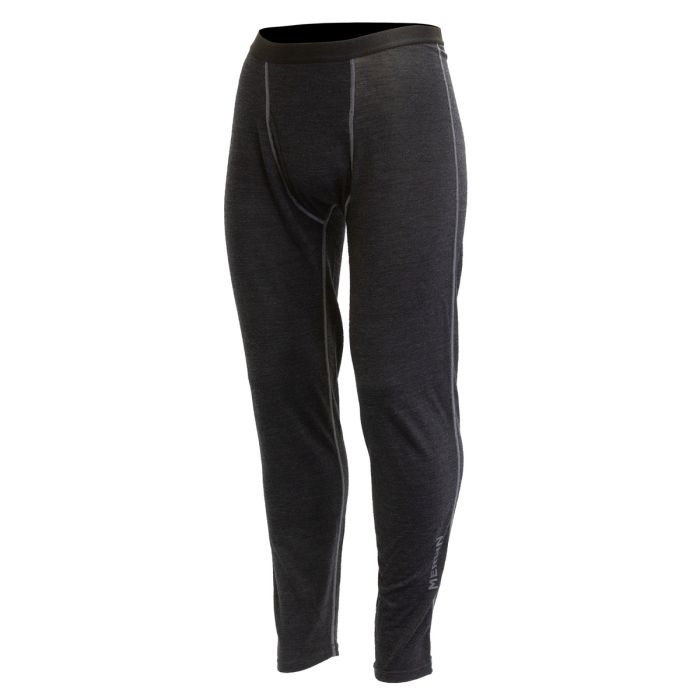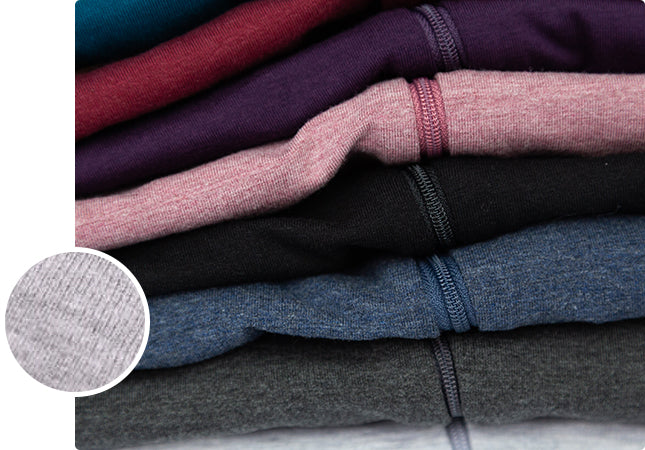Great Facts On Selecting Bamboo Clothing
Wiki Article
Why Is The Yak Merino Wool Base Layers So Beneficial For Winter Sports Clothing In Terms Of Natural Fiber Benefits?
The natural fibers and the environmental sustainability of Yak Merino Wool Base Layers makes the perfect option for winter sports clothing.
Both wool from yak and merino are natural fibers that originate from animals (yak and merino sheep, respectively). These renewable resources can be used without causing harm to animals. These fibers are naturally biodegradable, and they do not damage the environment.
Low Environmental Impact
Natural fibers' production generally has a less environmental impact compared to synthetic materials. The process of harvesting and cultivating wool requires less chemicals and uses less non-renewable resources as compared to synthetic fibers.
Energy Efficiency
The manufacture of synthetic fibres such polyester or nylon requires more energy. The production of natural wool requires less energy, and also reduces carbon emission.
Reduced microplastic pollution
Natural wool fibers don't pollute the water with microplastics, like synthetic fibers.
The Recyclability and Longevity of plastics
Yak merino wool clothing is often durable and long-lasting that can extend their lives. In addition, wool fibers can be reused or recycled, further reducing the amount of waste and impact on the environment.
Sustainable Practices-
Some wool manufacturers and producers employ sustainable and ethical practices. They are careful to ensure the welfare of their animals, good land management and fair work conditions for their workers.
Environmental Certification-
The Responsible Wool Standard, or the Global Organic Textile Standard, (GOTS) These are both certificates of ethically and environmentally aware practices in wool production. These standards provide consumers with the assurance of sustainable practices.
In general yak Merino Wool base layers are environmentally sustainable because they are made with natural fibers, have a low environmental impact, and include ethical and sustainable practices into the supply chain. Natural fibers, like yak wool merino, are an excellent choice for winter sportswear that supports responsible consumption and environmentally friendly practices. Follow the top rated a knockout post on merino wool base layer for blog tips including minus 33 base layer, smartwool 250 base layer bottoms, 100 merino wool base layer, smartwool base layer sale, merino long underwear, best long underwear for skiing, merino wool long underwear women's, merino long underwear, wool undershirt women's, ski layers womens and more.

What Are The Advantages Of Bamboo Clothing In Terms Of Softness And Antibacterial Properties? Durability, Renewability, As Well As Durability.
Bamboo clothing is soft, durable, renewable, and antibacterial.
Bamboo fabric is famous for its soft texture and extravagant feel. It's often compared with silk or other luxurious materials, like cashmere. It feels soft and soft against your skin, and offers an enjoyable wearing experience.
Antibacterial Properties-
Natural Antimicrobial Qualities- Bamboo contains an organic antimicrobial agent called "bamboo kun." This property helps to inhibit the growth of bacteria that cause odor or fungi, as well as mold on the material.
Durability-
Strength- Bamboo fibres, although soft, can be robust and durable. Bamboo clothing is resistant to normal wear, which makes it suitable for various activities without compromising quality.
Renewability-
Rapid Growth: Bamboo is a resource that is fast growing and doesn't require pesticides. Bamboo can be harvested in only a few years, and has a very low environmental impact.
Sustainability-
Sustainable Production - Bamboo production and cultivation have less environmental impacts than synthetic materials. Bamboo's rapid growth as well as its low need for water and ability to grow under diverse conditions make it a material that is sustainable.
Biodegradability-
Natural Decomposition: Bamboo clothing is able to naturally decay when it is time to end its lifespan. This helps reduce the amount of non-biodegradable materials that ends up in landfills and also reduces environmental pollution.
Hypoallergenic Qualities
The less irritation Bamboo fabric is known to be less prone to allergic reactions and skin irritation as compared to other synthetic fabrics. This is why it is the ideal choice for sensitive skin.
Bamboo clothing is an excellent alternative for those looking for eco-friendly, comfortable and functional apparel. It is soft, with the ability to fight bacteria and last for a long time. These characteristics create a pleasant and sustainable experience. Have a look at the top rated https://www.koraoutdoor.com/collections/bamboo/ for site tips including mens boxer shorts bamboo, bamboo clothing, onno bamboo shirts, bamboo clothing for women, bamboo clothing underwear, mens bamboo boxer shorts, bamboo t shirts womens, t shirts bamboo, bamboo exercise clothing, bamboo under wear and more.

What Do Bamboo And Merino Compare To Wool In Terms Of Texture, Heat And Absorption
In comparing wool traditional bamboo, merino and traditional wool in terms of warmth and moisture-absorption, texture is important.
Merino Wool - Merino Wool is well-known for being soft and having very fine fibers. It has a smoother, less scratchy feel as compared to other varieties of wool. It is believed to be more comfortable.
Bamboo Clothing Bamboo fabric has a silky smooth texture. It is often considered luxurious, like cashmere or silk. It's soft and gentle texture makes it a comfortable.
Traditional Wool- Traditional wool can differ in texture; some types may feel coarser and are more likely to cause itching or discomfort compared to bamboo or merino clothing.
Warmth-
MerinoMerino Merino is a warm and comfortable material due to its insulating qualities. It's a great insulation during colder weather and retains warmth even when damp.
Bamboo Clothing- Bamboo clothing also can be warm, but it may not provide the same level of insulation as Merino wool. It regulates the body's temperature and offers the comfort you need in all conditions.
Traditional Wool: Like merino it provides warmth, insulation, and comfort. It can, however, feel bulkier or heavier than bamboo or merino clothes.
Moisture Absorption-
Merino Wool Merino Wool Merino Wool is a great properties for wicking moisture, allowing it to drain away from your skin and evaporate. Even when damp it is warm.
Bamboo Clothing - Bamboo fabric may help wick away moisture making it comfortable for physical activity. It regulates moisture and keeps wearers dry.
Traditional Wool- While wool has the ability to absorb water, it does not have the same moisture-wicking characteristics like bamboo or merino. Some types of sheep's wool may feel damp and heavy after being damp.
Merino wool is known for its softness, warmth and ability to wick moisture. Bamboo clothing has a soft and silky texture. It's warm and well-regulated by moisture. The texture of wool is varied and used to provide warmth and moisture absorption as well as a soft feel. But it may also feel heavier and coarser when compared to merino clothes or bamboo clothes. Each type of material has its own characteristics that cater to different clothing preferences and requirements. See the top rated use this link about merino winter clothing for site tips including ski thermals mens, smartwool base layer womens, wool thermal underwear, cheap merino wool base layer, merino wool base layer clearance, men's wool leggings, smartwool quarter zip, wool long underwear, wool base layer, icebreaker baselayer and more.
